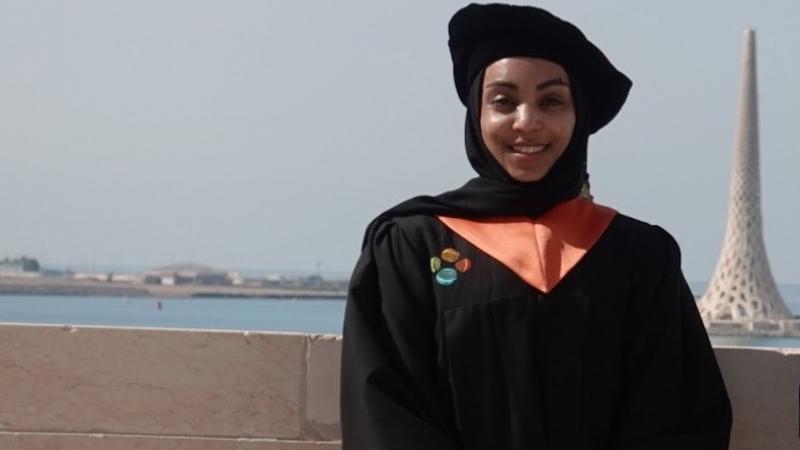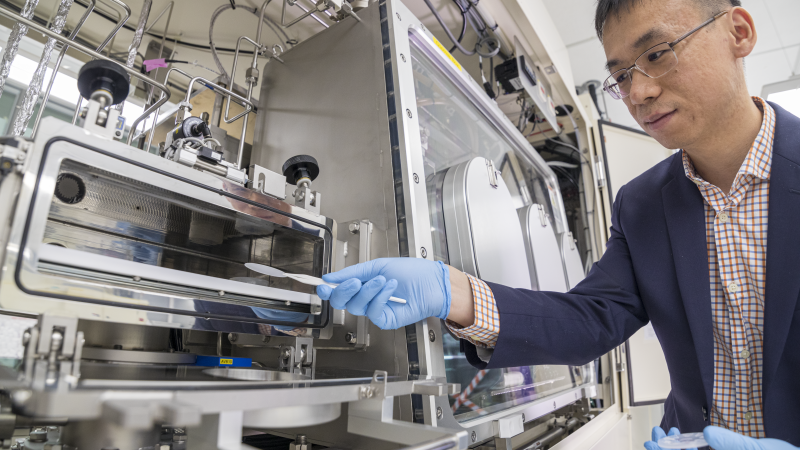Event Start
Event End
Location
Abstract
This dissertation investigates Nanoimprint Lithography (NIL) as a scalable, cost-effective alternative to traditional Electron Beam Lithography (EBL) for fabricating reflective metalenses. These ultra-thin lenses, designed for precise light control at a 633 nm wavelength, offer potential in applications such as laser shaping, spectroscopy, imaging, Li-Fi, and optical communications.
NIL-enabled metalenses integrate titanium dioxide (TiO₂) and silicon dioxide (SiO₂) to minimize visible-spectrum losses, achieving focusing efficiencies above 54% across varied angles. Distributed Bragg Reflectors (DBRs) further enhance reflectivity and off-axis performance. By analyzing fabrication errors like surface roughness and tapering, this research confirms NIL’s feasibility for high-performance, scalable metalens production.
Brief Biography
Zahrah Alnakhli is a Ph.D. candidate in Electrical and Computer Engineering at King Abdullah University of Science and Technology (KAUST), specializing in the fabrication and analysis of nano-photonic devices. Her research emphasizes using Nanoimprint Lithography (NIL) to create high-performance metalenses for visible light applications. Through her work, Zahrah has contributed to the development of scalable, efficient methods for fabricating optical metasurfaces, and her findings have been published in leading journals. Her future goals include advancing NIL-based technologies for industrial and scientific applications in photonics.


